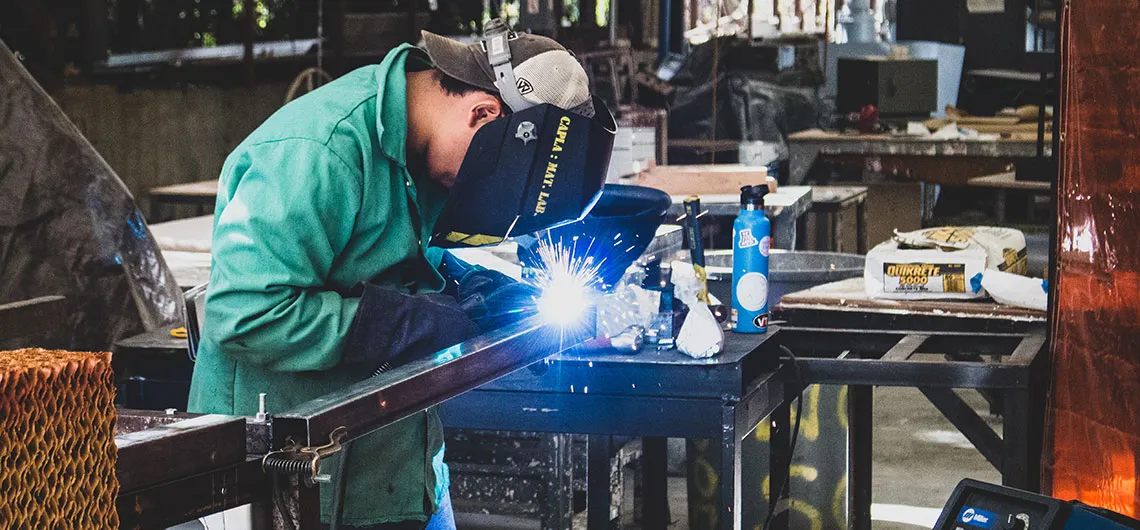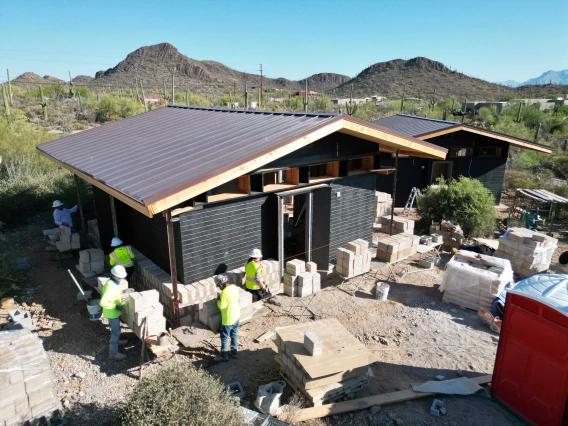CAPLA Launches Interdisciplinary Bachelor of Arts in Design Arts and Practices with Emphasis Areas in Object and Space

The College of Architecture, Planning and Landscape Architecture at the University of Arizona has partnered with the School of Art and School of Information to offer a new, transdisciplinary undergraduate degree.
The Bachelor of Arts in Design Arts and Practices is a four-year degree that prepares students to collaboratively work across media, scales and disciplines to tackle such complex problems as climate change, public health emergencies and social and environmental inequity. Four emphasis areas are available: Object Design, Spatial Design, Print Design and Screen Design. CAPLA’s School of Architecture supports the Object Design and Spatial Design emphasis areas.
“By communicating complex information through data visualizations, designing innovative solutions using rapid prototyping and fabrication and devising new ways to conceive and inhabit spaces, designers solve the world’s most urgent and complex challenges,” says Beth Weinstein, associate professor of architecture and BA DAP program chair for the Object and Space emphasis areas.
The degree’s 120-unit curriculum is unique because there are multiple pathways students may take, moving in and among art, design, information studies and technology courses offered by the School of Architecture, School of Art and School of Information. Students take two foundation courses in art and design history, three additional foundation courses—such as Mapping, Space, Gaze, Experience or Foundation Studio—and then at least five core courses in their emphasis area. They finish with a senior capstone project.
The Object Design emphasis area focuses on works in 3D, including hand-held and portable products, furnishings and furniture systems, while Spatial Design focuses on works that take place, including human-scale environments, situated events, interiors, exhibitions and urban spaces.
Students may also use the BA DAP degree to enroll in built environment or other master’s degrees sooner, taking master’s-level courses their senior year as part of, for example, the Master of Architecture accelerated master’s program (AMP).
With tangible technical skills, knowledge and experience in addition to soft skills in collaboration, empathy and human-centered design, students will be positioned for successful design careers, including user experience and interface design, object and product design, visual and graphic communication, spatial and environmental design, interior design, human-scale urban design and experience strategy.
Learn more about the program, which is accepting applications now for an on-campus Fall 2022 start, at capla.arizona.edu/ba-dap.



